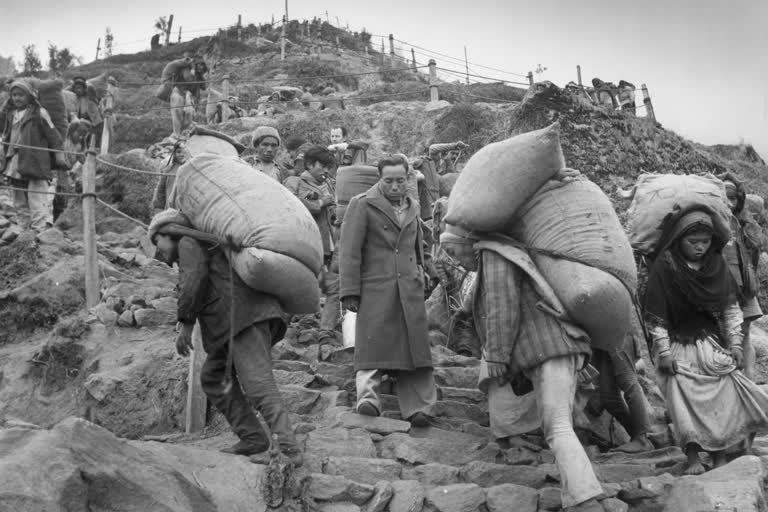Dehradun: Three years before the violent clashes which took place between Indian and Chinese security forces in the Galwan Valley of Ladakh, India and China were embroiled in an identical clash along the Line of Actual Control (LAC) in Dokalam. The India-China border dispute is not just confined to Ladakh, Dokalam and Nathula but goes up to Tawang Valley in Arunachal Pradesh. Amid all this, Chinese forces have been making attempts to infiltrate in Barahoti in Uttarakhand as well, but they have never succeeded in their nefarious design.
The Dalai Lama is seen and revered as the incarnation of God by his followers across the world. For them, the Tibetan religious leader is nothing less than a living god, but China considers him as a separatist threat. The dispute between China and Tibet is about the legal status of Tibet. Beijing says that Tibet has been a part of China since the middle of the 13th century but Tibetans claim that Tibet was an independent state for many centuries.
However, the Chinese army took control of Tibet in 1951 and signed a treaty with a Tibetan delegation to join China. Almost a decade after India’s independence, there was a failed rebellion against China on March 31, 1959, after which the 14th Dalai Lama came to India along with his huge followers. Since then, the Dalai Lama has been fighting for Tibet’s autonomy.
At that point of time, India supported the refugees from Tibet. They settled in north and northeast India and arrangements were made for the Dalai Lama at Dharamshala in Himachal Pradesh. During this time, a colony of Tibetans was also formed in Dehradun, the capital of Uttarakhand, where a large number of Tibetans are living along with their families.
CHINESE STORY FROM HAMUN TASHAI’S MOUTH
Hamun Tashi, an elder who worked with the Army of Tibet, still shivers to remember the oppressive policies of China. According to Hamun Tashai, China started increasing its grip over Tibet slowly but with great cunning. He informed that Tibet is made up of three parts Aamdo, Khamba and Unchaung. When the Chinese troops started infiltrating from the Aamdo side, the soldiers of Tibetan Army fought back for a year and a half, but gradually China moved a large number of troops in Tibet and pushed them and captured Lhasa.
DALAI LAMA’S FORMER BODYGUARD TELLS TIBET STORY
Shiring, who was the bodyguard of the Dalai Lama in 1959, says that China first destabilized the political and social ecosystem of Tibet and then started targeting the common people. Gradually, China put its entire army in Tibet. According to Shiring, China has only one objective -- it wants to suppress the voice of Tibet by taking hold of the religious leader Dalai Lama.
Even today Shiring is traumatized to remember the massacre which was committed by the Chinese Army. According to Shiring, the Chinese government had ordered its soldiers to behead all the Lamas present in Tibet and every person wearing red clothes.
During the massacre in Tibet, Shiring along with the Dalai Lama and others left for India in the dark of night. On March 17, they left the Tibetan capital Lhasa on foot and crossed the Himalayan mountain and entered the Indian border after 15 days via Tawang in Arunachal Pradesh. After entering India, the soldiers of Indian forces gave shelter to the Dalai Lama and his companions.
THREATENED TO KILL IF ONE TALKS TO HIS KIN
According to Shiring, his two brothers still live in Tibet, but he cannot talk to them. In fact, he has not been able to talk to them till date. Though in the twilight of his life, Shiring, the former bodyguard of the Dalai Lama is ready to take on the Chinese soldiers. Shiring says that if they establish any dialogue or contact with their kin in Tibet, then the Chinese government will eliminate them.
SHAMANKI WAS 9 WHEN HE CAME TO INDIA
